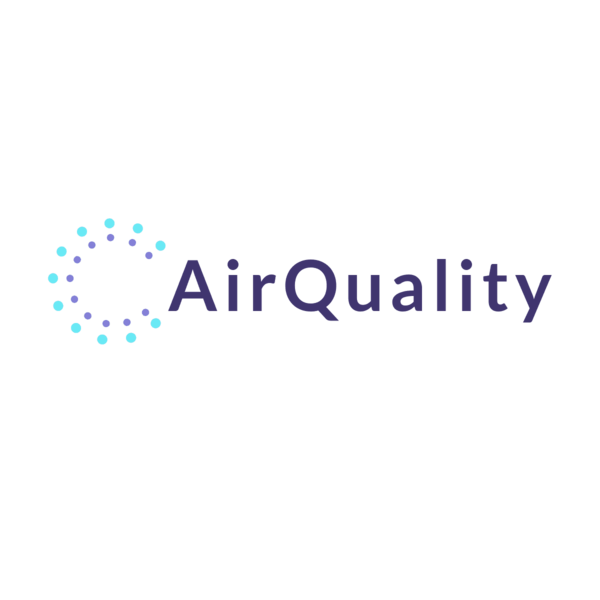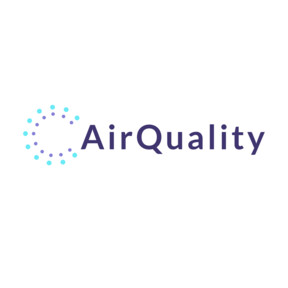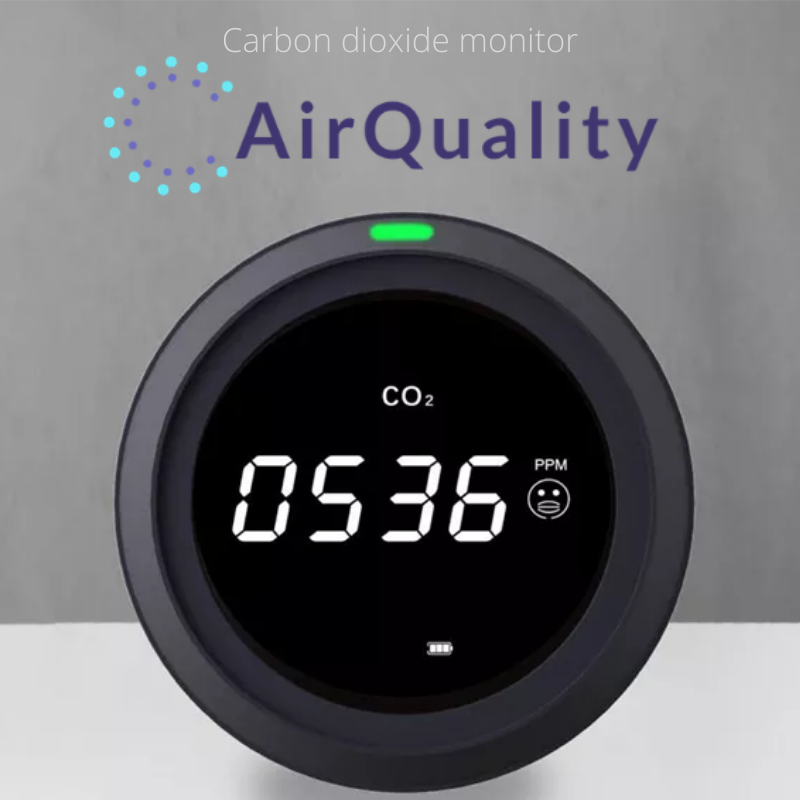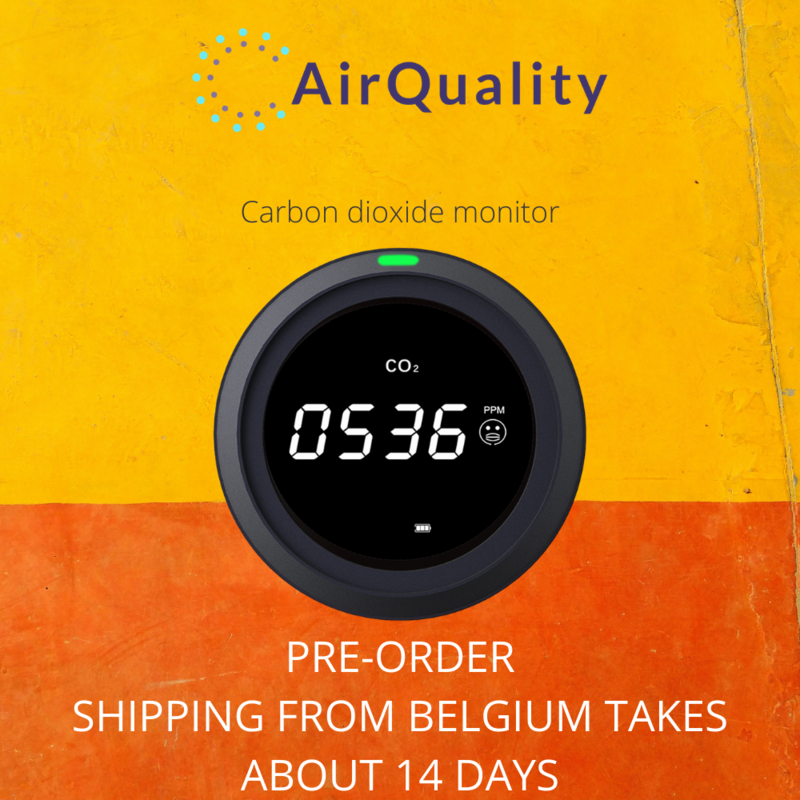

Always check the air you breathe.
At home, at work, at school, everywhere you go
buy now
Fresh Air is Your Best Friend in 2021
Carbon dioxide (CO2) is a proxy for covid-19 airborne infection risk.
CO2 is naturally exhaled as we breathe and increased CO2 concentration is a useful proxy for exhaled water vapour. The greater the exhaled CO2 concentration, the great the exhaled water vapour concentration and this is where the transmission risk of covid-19, increases. Water vapour traps the virus (when exhaled) and is suspended in the air, this is not an issue outside, but when the air is trapped inside and has nowhere to go (due to lack of air movement and or poor ventilation) the density of water vapour invisibly builds and increases the risk of cross spread infection. Water vapour can therefore be measured (indicatively) by the level of CO2 in the air and the risk factor assessed by our CO2 measurement equipment. Using CO2 as a proxy monitor of air quality will act as a reminder that increased exhaled water vapour can increase the spread Covid-19 and therefore keeping the windows shut and the heat ON, may not always be the safest solution.
Ventilation should be recognised as a means to reduce airborne transmission.
During the rapid rise in COVID-19 illnesses and deaths globally, and notwithstanding recommended precautions, questions are voiced about routes of transmission for this pandemic disease. Inhaling small airborne droplets is probable as a third route of infection, in addition to more widely recognized transmission via larger respiratory droplets and direct contact with infected people or contaminated surfaces. Evidence suggests that SARS-CoV-2, as well as other coronaviruses, can be dispersed and potentially transmitted by aerosols directly or via ventilation systems.
Existing evidence is sufficiently strong to warrant engineering controls targeting airborne transmission as part of an overall strategy to limit infection risk indoors. Appropriate building engineering controls include sufficient and effective ventilation, possibly enhanced by particle filtration and air disinfection, avoiding air recirculation and avoiding overcrowding.
To maximise protection of the population against the airborne spread of SARS-CoV-2 and any other airborne virus-containing small microdroplets, several recommendations are necessary. These focus on indoor environments, because this is where most transmission occurs (Nishiura et al., 2020). Further, the measures mostly apply to public buildings. In residential houses and apartments, normal practices (e.g. segregating infected individuals, opening windows and doors, and using portable air-cleaning devices when practical) to ensure healthy indoor air, should stay in place at any moment.
Ventilation airborne protection measures which already exist can be easily enhanced at a relatively low cost to reduce the number of infections and consequently to save lives.
Ventilation is the process of providing outdoor air to a space or building by natural or mechanical means. It controls how quickly room air is removed and replaced over a period of time. In some cases, it is necessary to remove pollution from outdoor air before bringing it into a building, by using adequate filtration systems. Ventilation plays a critical role in removing exhaled virus-laden air, thus lowering the overall concentration and therefore any subsequent dose inhaled by the occupants.
Appropriate distribution of ventilation (e.g. placement of supply and exhaust vents) ensures that adequate dilution is achieved where and when needed, avoiding the build-up of viral contamination (Melikov, 2011, Melikov, 2016, Thatiparti et al., 2016, Thatiparti et al., 2017).
So always check the air you breathe indoors and order your CO2 monitor today.
About Us

With more than 75% of all chronic conditions being preventable we believe that action is way better than reaction. An early intervention lasts a lifetime, so timely detection is key to reverse or prevent a health problem or to start treatment in time.
DNA Trading Company is founded by dr. Sienaert, an experienced medical doctor who wants to impact the healthy longevity of as many as possible. In 2016 he founded ALMA.care, a digital health company that developed a set of digital biomarkers to measure health and to screen for early signs of chronic diseases.
AirQuality is only one of his side projects to give people access to preventative technology that could support them in living happier and healthier lives. Monitoring the air you breathe is part of the protection against any airborne disease.
Another one is Pulsoxymeter. Tackle covid-19 pneumonia in time by monitoring your blood oxygen level.
Alert today, alive tomorrow.

